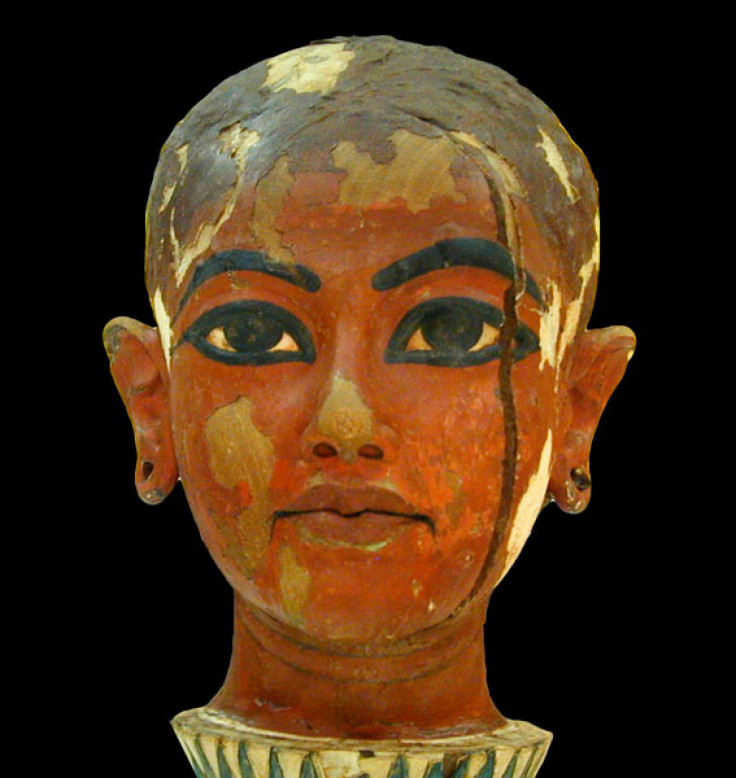Did King Tut Die In Freak Chariot Accident? New Study Reveals Ancient Pharaoh Was A ‘Boy Racer’

The mystery surrounding the fate of King Tut, probably Egypt’s most famed pharaoh, just got a little less obscure. According to a new analysis of the ancient pharaoh’s remains, Tutankhamun, who was just 19 years old when he died about 3,350 years ago, was killed during a freak chariot accident. Additionally, Egyptologists found evidence that his body may have “spontaneously combusted” after being sealed inside its sarcophagus, according to io9.
A new documentary titled “Tutankhamun: The Mystery of the Burnt Mummy” reveals that the ancient pharaoh was an early “boy racer,” and that he probably died from injuries incurred during a chariot accident. Using X-ray and CAT scanning technology, British researchers analyzed King Tut’s remains, citing evidence of injuries similar to those sustained during modern-day car crashes.
Additionally, scientists determined that the pharaoh’s body actually caught fire inside his sarcophagus. It may have been that the mummification was rushed and was botched. The wrong combination of embalming fluids could have led to the mummy burning inside its coffin, according to Newser.
“Despite all the attention Tut’s mummy has received over the years, the full extent of its strange condition has largely been overlooked,” Egyptologist Chris Nauton, the director of the Egypt Exploration Society, told The Radio Times. “I think what the project shows is that when it comes to ancient material there is always more to learn, and there probably will in the future, but with this study we have taken a big step forward in terms of understanding what happened at the end of Tut’s life.”
Nauton and a team of crash experts discovered that injuries along one side of the pharaoh’s body, including shattered ribs and a broken pelvis, were consistent with someone who had been hit by a car. Mirror reported that experts created computer simulations of potential chariot accidents. Their results suggest Tutankhamun was on his knees when a chariot smashed into him, breaking his bones and crushing his heart.
Researchers also came across a post-mortem exam over 50 years old that indicated the mummy’s flesh was burnt. According to The Raw Story, Nauton found that the oils used to embalm King Tut can, in the presence of oxygen, cause a chemical reaction leading to combustion. Temperatures inside the sarcophagus would have reached 400 degrees Fahrenheit.
Researchers were tipped off to the pharaoh’s apparent spontaneous combustion when they came across references in the records of Dr. Robert Connolly, an anthropologist at Liverpool University who helped X-ray King Tut’s remains in 1968. The Independent noted that among the bones in Connolly’s office was a piece of King Tut’s flesh, the only known sample outside Egypt.
"The charring and possibility that a botched mummification led the body spontaneously combusting shortly after burial was entirely unexpected, something of a revelation," Nauton told the Independent.
King Tut died in 1323 BC. His tomb was excavated in 1922, and was the most intact ancient Egyptian royal burial ever discovered. Researchers unearthed a number of priceless treasures, including his golden death mask. But the circumstances of the ancient pharaoh’s death remained a mystery.
© Copyright IBTimes 2024. All rights reserved.












